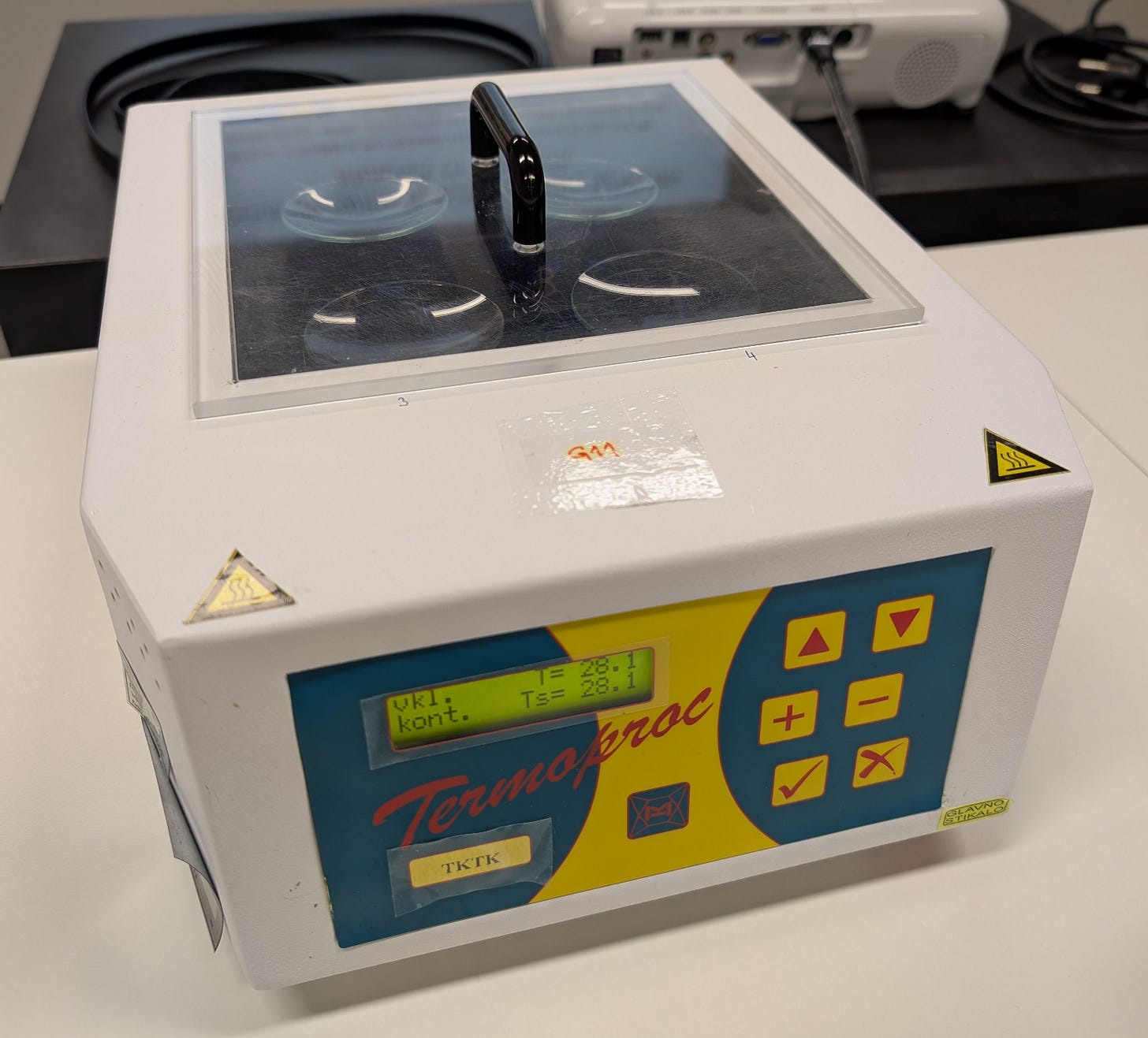Don't Judge me
How can you assess wine in a competition environment?
I just finished five days judging in London, for the Decanter World Wine Awards. When I tell friends this is my paid activity for the week, they often look puzzled. First there is incredulity about the number of samples tasted (up to 80 wines per day), until I explain the spitting thing. Then expressions usually change to mere bafflement.
How on earth can you judge a bottle of fermented grape juice?
I wrote last year about how large competitions such as DWWA function, who they benefit and how they are funded1. What I didn’t cover was how a panel of wine professionals arrives at a verdict - or consensus - for any given wine.
The short version: it’s not easy. Despite what anyone tells you, tasting and assessing wine can be frustratingly subjective. This is what we love about wine of course - the flavour profiles can be so varied and so complex, so difficult to pin down. But that can also make it all but impossible to talk about right or wrong, good or bad. So much is about personal taste, and the differing perceptions of tasters.
There are different food or beverage sectors that have much more tightly defined assessment parameters. I visited The Laboratory of the Institute for Oliveculture in Koper, Slovenia two weeks ago and got a taste of what a truly objective judging process feels like.



